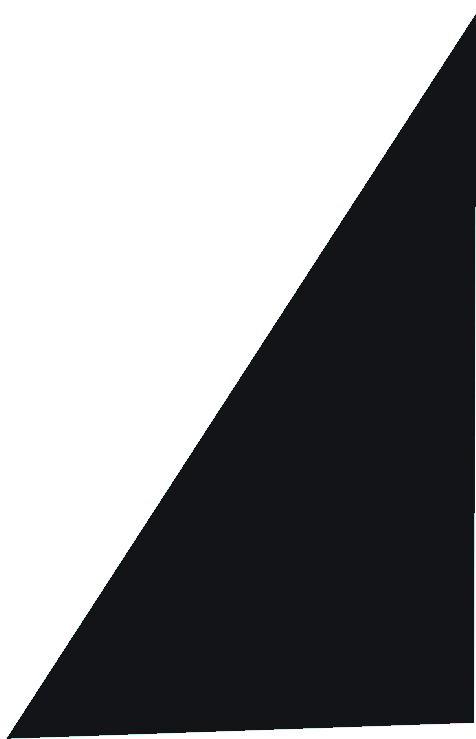What if the secret to mastering meditation lies not in silencing distractions, but in focusing on them?
Story Snapshot
- Toby Sola’s “concentration algorithm” leverages distractions to enhance focus.
- The practice integrates mindfulness with neuroscience for an innovative approach.
- Empirical support from academic collaborations strengthens its credibility.
- Growing adoption in meditation apps and educational settings.
Distraction as a Tool for Focus
Toby Sola’s guided meditation technique, known as the “concentration algorithm,” challenges traditional views by using distractions as focal points to hone focus. Instead of viewing distractions as obstacles, practitioners identify and concentrate on them, leading to greater concentration and awareness. This novel approach aligns with Sola’s goal of making meditation more accessible and practical, blending contemplative tradition with modern scientific insights to create a unique meditation experience.
Sola’s journey began in his youth with an interest in mindfulness, which evolved into a formal practice under the mentorship of Shinzen Young. His approach has been refined over the past decade, with ongoing teaching and collaborations on scientific studies. This method is particularly beneficial for those who struggle with maintaining focus, offering a personalized meditation experience that adapts to the individual’s sensory environment and mental state.
Empirical Roots and Collaborations
Rooted in both Buddhist traditions and scientific inquiry, Sola’s method draws from Shinzen Young’s “periodic table of sensory elements,” which categorizes sensory experiences to aid meditation. Collaborations with academic institutions like Harvard University and the University of Vermont have explored meditation’s impact on brain function and emotional regulation, providing empirical backing for Sola’s techniques. These partnerships highlight the intersection of mindfulness and neuroscience, a hallmark of Sola’s work.
The Brightmind Meditation app serves as a platform for disseminating these techniques, making them accessible to a wider audience. Through this app, users can engage with Sola’s guided meditations, which emphasize the transformative potential of distraction-focused practices. The app’s features continue to evolve, incorporating user feedback and the latest research findings to enhance the meditation experience.
Impact on Meditation Practices
The adoption of Sola’s concentration algorithm in meditation curricula and apps marks a significant shift in mindfulness pedagogy. By redefining distractions as tools for focus, this approach could reshape meditation practices and improve cognitive and emotional outcomes for practitioners. Traditionalists may initially resist this shift, preferring classical techniques; however, the empirical support and practical benefits of Sola’s method are gaining traction among educators and therapists seeking evidence-based interventions.
In the short term, this approach increases the accessibility of meditation for individuals with attention challenges. Long-term implications include enhanced mental health outcomes and a broader acceptance of meditation as a mainstream tool for productivity and emotional regulation. The integration of neuroscience into these practices also encourages collaboration between contemplative teachers and scientific researchers, broadening the scope and credibility of meditation techniques.
Sources:
Toby Sola’s Home Practice Program
Brightmind: Toby Sola & Shinzen Young
Miscellany News: Sola Explores Intersection Between Science and Meditation











